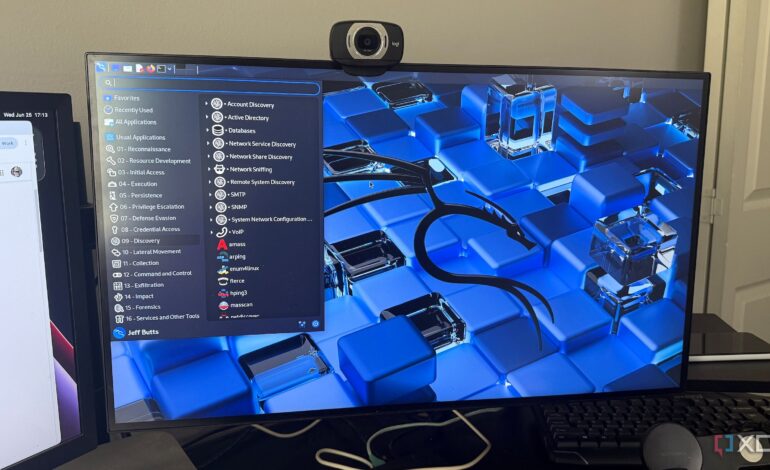Transforming Kali Linux into a Versatile Home Networking Tool

Kali Linux, often viewed solely as a hacker’s toolkit, has gained recognition as a versatile platform for home networking. A recent project has demonstrated how an old mini PC can be repurposed to create a comprehensive multi-tool for network diagnostics, monitoring, automation, and security. This transformation not only enhances network reliability but also provides an engaging learning experience.
Understanding Kali Linux and Its Capabilities
Originally launched in 2013 by Offensive Security, Kali Linux is a Debian-based distribution designed for penetration testing and security analysis. The operating system (OS) is open-source, with all code publicly accessible and maintained by a dedicated team. This ensures that every tool included within the OS is vetted for security, making it a reliable choice for users concerned about vulnerabilities.
Kali Linux offers various editions, including bootable images for x86 architecture, ARM, and even Android devices. The distro follows a rolling release schedule, providing four updates each year. Its installation process is user-friendly, resembling that of other popular Linux distributions like Linux Mint or Ubuntu.
What truly sets Kali Linux apart is its extensive collection of tools. With approximately 600 security analysis and testing applications pre-installed, users have immediate access to powerful resources. Notable tools include the port scanner Nmap, password cracker John the Ripper, and the penetration testing Metasploit framework, making it a preferred choice for both novice and seasoned ethical hackers.
Building the Home Networking System
The project commenced with the selection of the MSI Cubi NUC 1M mini PC, a compact yet robust system featuring an Intel Core 5 120U processor, 16 GB of DDR5 RAM, and a 512 GB PCIe SSD. This mini PC is capable of handling various tasks, including light gaming and running applications such as Proxmox or Kali Linux.
Installation of Kali Linux was straightforward, requiring just a bootable USB drive with the ISO file. Following the installation, the system was configured to allow for easy access via Secure Shell (SSH) or Virtual Network Computing (VNC). By assigning a reserved IP address within the OPNsense firewall, seamless connectivity was established, facilitating further network management.
Once installed, Kali Linux provided immediate access to a variety of networking tools. Applications such as Bmon and iftop allow for real-time bandwidth monitoring, while Wireshark is invaluable for diagnosing network issues and ensuring safe browsing practices. Nmap and Zenmap help map the local area network (LAN), identifying connected devices and their open ports. Other tools, like Hydra, assess password strength, contributing to overall network security.
The flexibility of Kali Linux allows for additional customizations to enhance its functionality. Users can integrate tools such as Cockpit for visual metrics, Tailscale for secure SSH tunneling, Pi-hole for ad-blocking and managing DNS queries, and rsync for automated backups. This adaptability ensures that the home networking system can evolve based on specific user needs.
In conclusion, transforming an old mini PC into a home networking multi-tool using Kali Linux not only breathes new life into outdated hardware but also equips users with essential resources for maintaining a secure and efficient network. This project embodies the potential of open-source software to serve practical applications beyond its initial intent in the cybersecurity realm.






